Support from Educational Policies
The ar vr-in-education market is benefiting from supportive educational policies that encourage the integration of technology in classrooms. Various state and federal initiatives are promoting the use of innovative teaching methods, including immersive technologies. For example, funding programs aimed at enhancing STEM education often include provisions for AR and VR tools. This financial support can alleviate budget constraints faced by schools, enabling them to invest in cutting-edge technologies. Additionally, educational standards are increasingly recognizing the importance of digital literacy, which further incentivizes institutions to adopt ar vr solutions. As these policies evolve, they are likely to create a more conducive environment for the growth of the ar vr-in-education market.
Enhanced Engagement and Motivation
The ar vr-in-education market is significantly influenced by the enhanced engagement and motivation that these technologies provide. Immersive learning experiences capture students' attention in ways that traditional methods often cannot. For instance, virtual field trips and interactive simulations can make complex subjects more relatable and enjoyable. Research shows that students exposed to AR and VR environments are 40% more likely to participate actively in lessons. This heightened engagement not only fosters a love for learning but also improves academic performance. As educators recognize the potential of these technologies to transform the learning experience, the demand for ar vr solutions is expected to grow, further propelling the market forward.
Technological Advancements in Hardware
The ar vr-in-education market is experiencing a surge due to rapid advancements in hardware technology. Devices such as headsets and augmented reality glasses are becoming more affordable and accessible, which encourages educational institutions to adopt these tools. For instance, the average price of VR headsets has decreased by approximately 30% over the past few years, making them more feasible for schools and universities. This trend is likely to continue, as manufacturers invest in research and development to enhance the user experience. Furthermore, improved processing power and graphics capabilities allow for more immersive and interactive learning environments. As a result, educators are increasingly integrating these technologies into their curricula, which may lead to enhanced student engagement and retention rates in the ar vr-in-education market.
Growing Demand for Personalized Learning
The ar vr-in-education market is witnessing a growing demand for personalized learning experiences. As educational institutions strive to cater to diverse learning styles and paces, immersive technologies offer tailored solutions that can adapt to individual needs. For example, studies indicate that students using AR and VR tools demonstrate a 20% increase in information retention compared to traditional methods. This personalization is particularly beneficial in subjects that require hands-on practice, such as science and engineering. By leveraging these technologies, educators can create customized learning paths that enhance student outcomes. The increasing recognition of the importance of personalized education is likely to drive further investment in ar vr technologies, thereby expanding the market.
Increased Focus on Remote Learning Solutions
The ar vr-in-education market is experiencing an increased focus on remote learning solutions, driven by the need for flexible educational options. As more institutions adopt hybrid and fully online learning models, immersive technologies are being explored as tools to enhance remote education. Virtual classrooms and AR applications can simulate in-person interactions, providing students with a more engaging learning experience. Data suggests that the use of VR in remote learning can improve student satisfaction by up to 25%. This shift towards remote learning solutions is likely to continue, as educational institutions seek to accommodate diverse student needs and preferences. Consequently, the ar vr-in-education market is poised for growth as it adapts to these evolving educational landscapes.


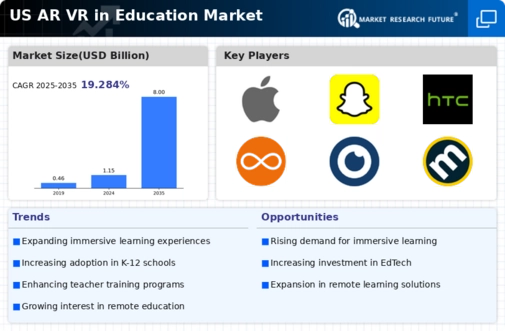
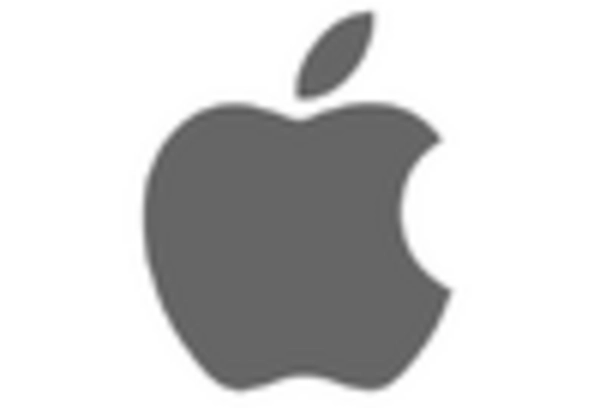

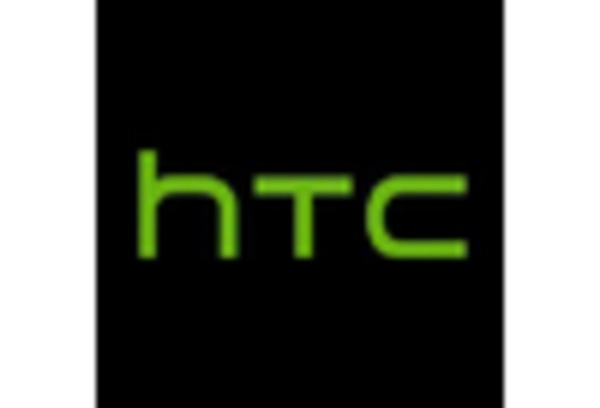

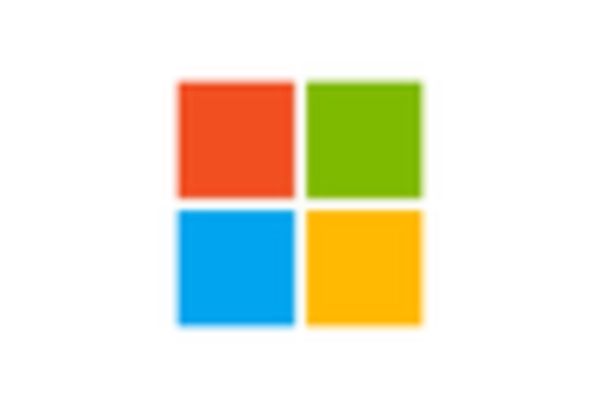
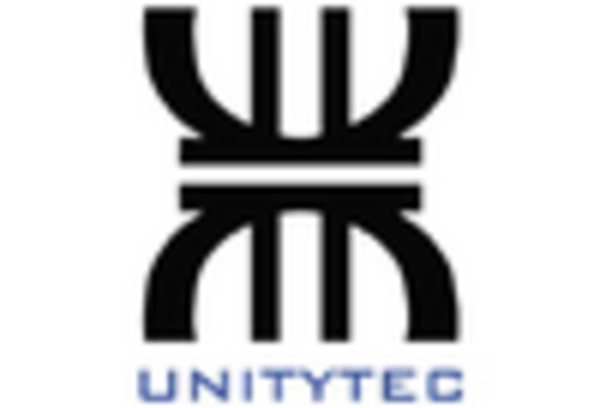








Leave a Comment